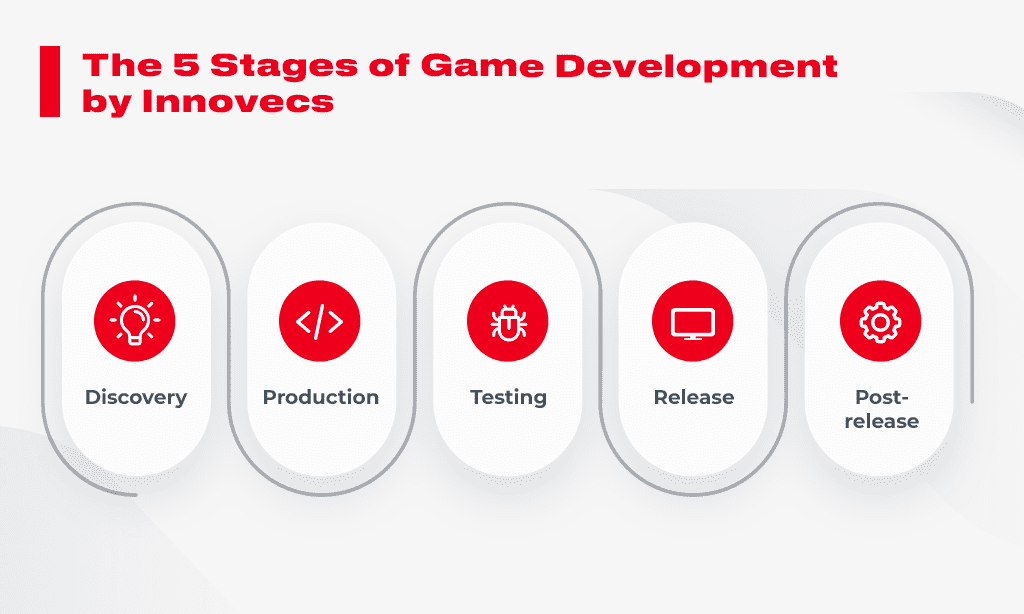Video game development is a complex process with various stages from the initial concept to final release. In the concept and planning stage, game designers, artists, producers, project managers, and other stakeholders collaborate to create the game’s vision and business plan. The pre-production stage involves creating a blueprint for the structure, mechanics, and features of the game, while the production stage brings the game to life with character and environment creation and programming. The post-production stage perfects the user experience, and the release and post-release stages involve marketing and regular updates for improvements or additional content. Understanding the game development lifecycle is essential for aspiring game developers.
From Concept to Console: The Game Development Lifecycle
The world of video game development is both complex and exciting, and every game you love has undergone a rigorous process to reach your screen. Have you ever wondered how games are made? From initial concept to final release, let us take a look at the game development lifecycle and how video games come to life.
1. Concept and Planning
The first step in game development is coming up with an idea for a game. This involves brainstorming, developing the game’s concept, and creating a business plan to guide the game’s development process. This process requires collaboration between game designers, artists, producers, project managers, and others involved in bringing the game to life.
During the planning stage, designers will identify potential target audiences, analyze the competition, and determine the game’s mechanics, such as the game’s genre, story, and gameplay structure.
2. Pre-Production
After the game concept is established, the real work begins. The pre-production stage is where developers create the blueprint for the game, outlining its structure, challenges, and features. The game development team will outline the game design document, which serves as the project roadmap.
At this stage, design teams will create mockups, storyboards, and develop a rough prototype of the game’s mechanics. In addition, the game’s technology platform and engine are selected, programming tools, and software are identified, and coding conventions are established.
3. Production
The production stage is when the real magic happens, and the game comes to life. During this stage, artists will create characters, environments, and other artistic assets while developers will work on programming the game’s features, mechanics, and levels.
It is during production that developers will start testing the visual effects, sound, and overall functionality of the game. The production stage requires tight communication between designers, artists, producers, writers, programmers, and testers to ensure the game meets the desired quality of the project.
4. Post-Production
The post-production stage comes after the game’s core features and components have been developed, tested and finalized, and any required content is added.
During this stage, the development team focuses on perfecting the game’s user experience by eliminating bugs, testing the game’s compatibility, and addressing potential glitches.
5. Release and Post-Release
The release stage marks the end of the game development lifecycle, with the game being marketed to the target audience. Developers optimize the game for platforms like Xbox, PlayStation, or PC and ensure the game can be downloaded or purchased online.
It’s important to note that game development does not stop after the game’s release. The post-release stage is critical and involves regular updates, including bug fixes, patches, and performance improvements. Game patches can add new content, fix balance issues or provide players with new modes and opportunities to keep players engaged.
Conclusion
Game development is a complex process requiring collaboration across various teams and stages, from concept to console. Developers must work to create a game that is visually engaging, provides an exciting user experience and delivers a high level of replayability. If you’re considering becoming a game developer, understanding the different stages of game development is a great place to start.
From concept planning to post-release updates, the game development lifecycle is an exciting and rewarding process, which can bring hours of entertainment, enjoyment and fun for the players.
